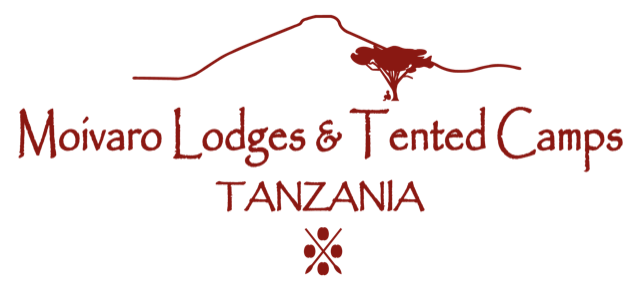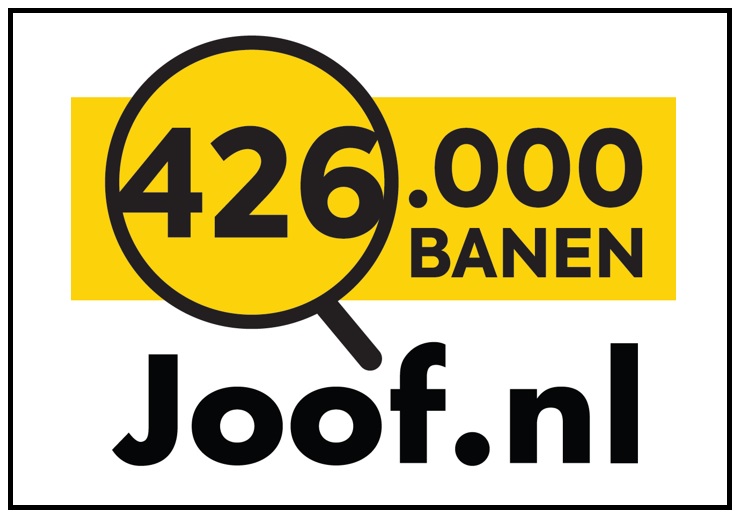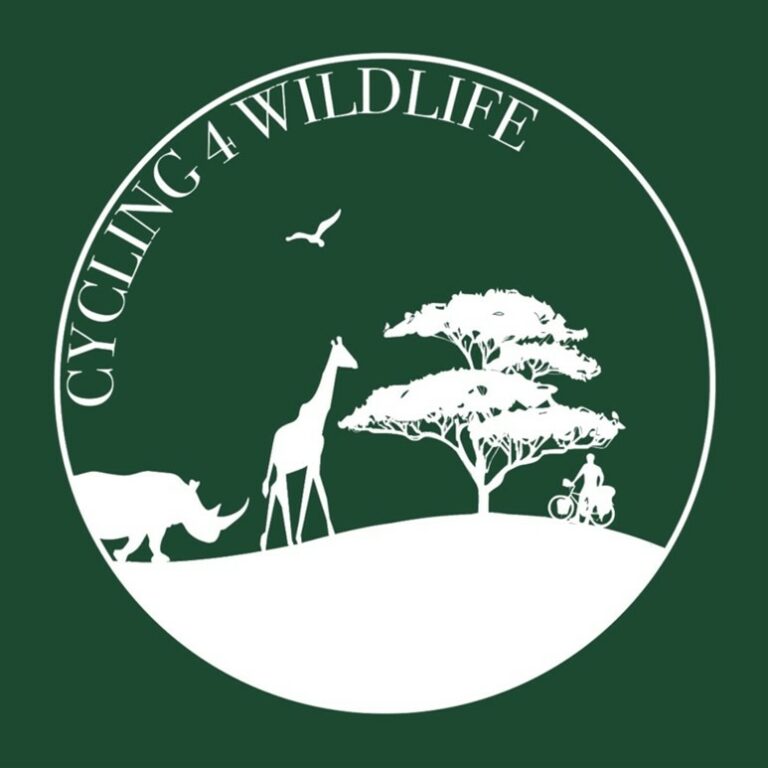After a soft landing in Rwanda, our time in the Real Africa started on the 20th of June. In the evening, we wandered about on the Tanzanian side of Rusumo, the border village, which was more of a resting place for truckers than anything else. As we were looking for a place to eat, we were struck by the difference between the citizens of Tanzania on the one hand and Rwanda on the other. Whereas Rwandans are very polite, if not a little introverted, Tanzanians are outspoken and direct. Despite being much poorer than their western neighbours, the people in Tanzania do seem to enjoy life a little more. This was definitely true for the woman flirting with us in the bar where we drank our first Kilimanjaro.
After checking out a few stalls where Chipsi Mayay (fried chips inside an omelette with chili sauce) was sold, we settled for a small place where some women were busy cooking in big pots. Starved after a long day of cycling, we dived into our plates of rice, beans and goat meat. Nothing ever tasted so good.
On the next day, we embarked on a stretch of more than one hundred kilometres towards Nyakananza. With the many climbs and poor roads, this was not an easy stretch. Especially the potholes were tricky: they are difficult to see, and hitting one during a 70 km/h descent can be fatal. To make matters worse, the traffic on the road to Nyakananza was absolutely mental. As we found ourselves on the highway to Dar es Salaam, a continuous stream of trucks were passing by, overtaking each other with little consideration for four Dutch boys cycling for wildlife conservation. Even more dangerous were the public transport buses driving past at supersonic speeds. In Tanzania, braking is not an option. Instead people just honk. We had never seen more reckless driving in our lives, and were amazed by the sheer contempt for human life.
After Nyakananza, we took the B8 in south-westerly direction towards Kigoma, leaving the scary B3 to Dar es Salaam behind us. Immediately the traffic calmed down, and so did we. But with the improvement of the traffic came the worsening of the roads. From Nyakananza to Kibondo the road was still pretty good, but after Kibondo things deteriorated quickly. On the way to Kasulu, a new tarmac road was being built with Chinese money, which meant that all traffic was diverted onto a temporary gravel road. This meant that our progress slowed down dramatically, dropping from an average of around 20 km/h to just 12. The poor state of the road was also reflected in the poverty of the villages alongside it. Houses made from brick walls were now replaced by mud huts, and the swollen bellies of children playing alongside the road revealed lives of hardship.
When we finally arrived in Kasulu after two days of struggling on gravel, rocks and sand, we figured we had deserved a hot shower. The only place where this was possible was at the Bwami Dubai Hotel. I’m not sure what the link to Dubai was, but its slogan, “Ultimate luxury”, certainly appealed to us. There was one problem, however. The manager did not allow us two share rooms, as he insisted that two men sharing a hotel room was ‘against the law’. For quite some time we tried to convince him that we were ‘just friends’, but all our attempts ended in vain. Even when Huib and Thomas showed him pictures of our girlfriends as a desperate final attempt, he didn’t budge. This meant we had to pay an entire room by ourselves. On another day we might have looked somewhere else, but we were so tired and longing for a hot shower that we decided to go for it. In our rooms we found a kingsize bed, an aircon, and a flatscreen TV. Our night at the Bwami Dubai was by far the most expensive night of our trip, but it was worth every one of the 60,000 shillings ($20).
After an amazing night’s sleep, we headed to Kigoma, on the shore of Lake Tanganyika. Here, we were expecting to receive the DHL parcel carrying our drone. Getting here meant a detour from our planned route, but fortunately the ride down to the lakeshore was a heavenly 1200-metre descent on 90 kilometres of immaculate tarmac. All seemed well, but when we arrived at the DHL office there appeared to be some issues. ‘Come back tomorrow’, we were told. When we returned the next day, the parcel still hadn’t arrived. Apparently we had to pay a customs fee, which we immediately did. We then returned the day after, but now there was a new problem: we needed an import permit for the drone. At this point, we had taken the drone to Africa, then back to the Netherlands, and again back to Africa. All of this had cost us hundreds of euros, but we had always remained hopeful. Now, however, we had run into an insurmountable obstacle, and there was no other option but to accept our loss and continue our journey. Gutted by the fact that we had spent several days in Kigoma waiting for nothing, we got back on track and started heading for the Zambian border.
On the road down to Zambia we were struck by the widespread use of fires. Although fires occur naturally and are an essential driver of nature’s eternal cycle of decay and regeneration, in many places the use of fire has increased to unsustainable levels in efforts to clear vegetation and create new pasture for livestock. For days on end we cycled through burnt or burning land, the sky above us hazy from the smoke. All of this had something dystopian to it and added to the already intense experience of cycling through Tanzania, where, everywhere we came, droves of people came out of their houses yelling ‘Mzungu! Mzungu!’, ‘Give me money!’, or both. Cars that passed us invariably honked at us while leaving us eating their dust. And in every village we passed through, music was playing so loud that it was impossible to have a normal conversation. I hope I don’t sound disrespectful, as not a single person we met in Tanzania was unfriendly, but when we finally reached the Zambian border, we were all quite glad to leave this chaos behind us.
After we arrived in Mbala, the first town on the Zambian side, Huib and I waited in line at an ATM to draw some Kwachas. Here, we befriended Prince, a physics and biology teacher from Livingstone. Asked about the main difference between people in Zambia and Tanzania, Prince replied: ‘Here, people just mind their own business.’
The both of us let out a sigh of relief.


















